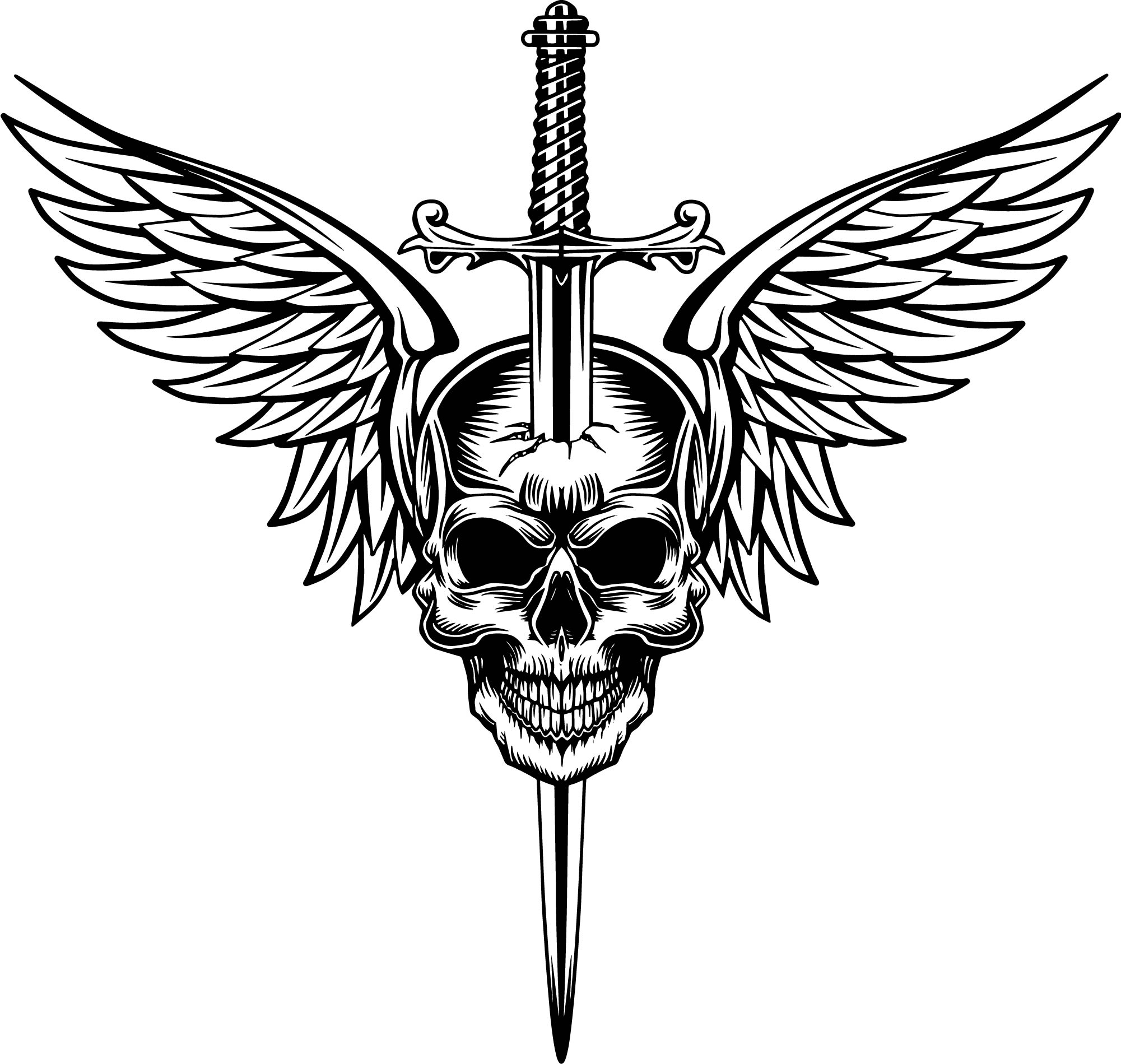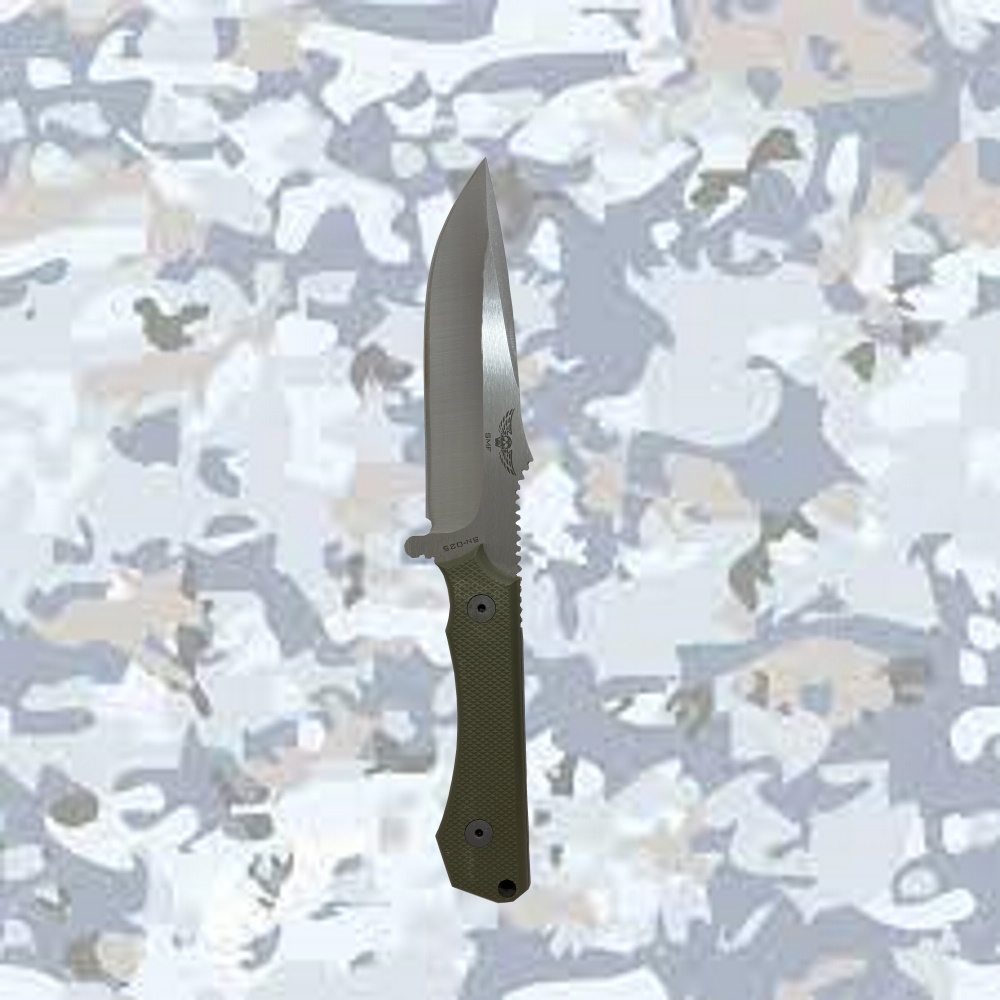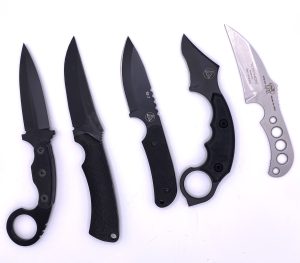
While a tactical knife itself may not directly enhance situational awareness, carrying a knife can be part of an overall strategy for personal safety. Situational awareness involves being alert and perceptive of your surroundings to identify potential threats and respond effectively. Consider a tactical knife as a tool within a broader approach to situational awareness.
Carrying a tactical knife can provide a sense of personal security, which may contribute to a more confident and aware mindset. Knowing you have a tool for self-defense may help you stay vigilant in various situations.
A tactical knife is a versatile tool that goes beyond self-defense. It can be used for everyday tasks such as cutting, opening packages, or performing basic utility functions. By having a practical tool on hand, you can focus on the task at hand and be more engaged with your environment.
In emergency situations, a tactical knife can be useful for cutting seatbelts, breaking glass, or assisting in other tasks that may arise. This readiness for emergencies can contribute to overall situational awareness by preparing you to respond to unforeseen circumstances.
While the primary purpose of carrying a tactical knife is self-defense, its visible presence may act as a deterrent. The idea is that a potential threat might be less inclined to approach if they perceive you as prepared and capable of defending yourself.
Engaging in training with a tactical knife can improve your skills and familiarity with the tool. Training exercises can simulate various scenarios, helping you develop better situational awareness by practicing decision-making under stress.
Some tactical knives are designed for concealed carry, allowing you to keep the tool discreetly on your person. This can be advantageous in situations where overtly displaying a self-defense tool may not be appropriate.
It’s important to note that situational awareness is a holistic concept that involves staying alert, minimizing distractions, and being prepared for various scenarios. A tactical knife is just one element of personal safety and should be considered within the legal and ethical frameworks of your local jurisdiction. Additionally, relying on non-lethal self-defense options and de-escalation techniques is often recommended as a first line of defense in many situations. Always prioritize safety, responsible use, and compliance with local laws.

